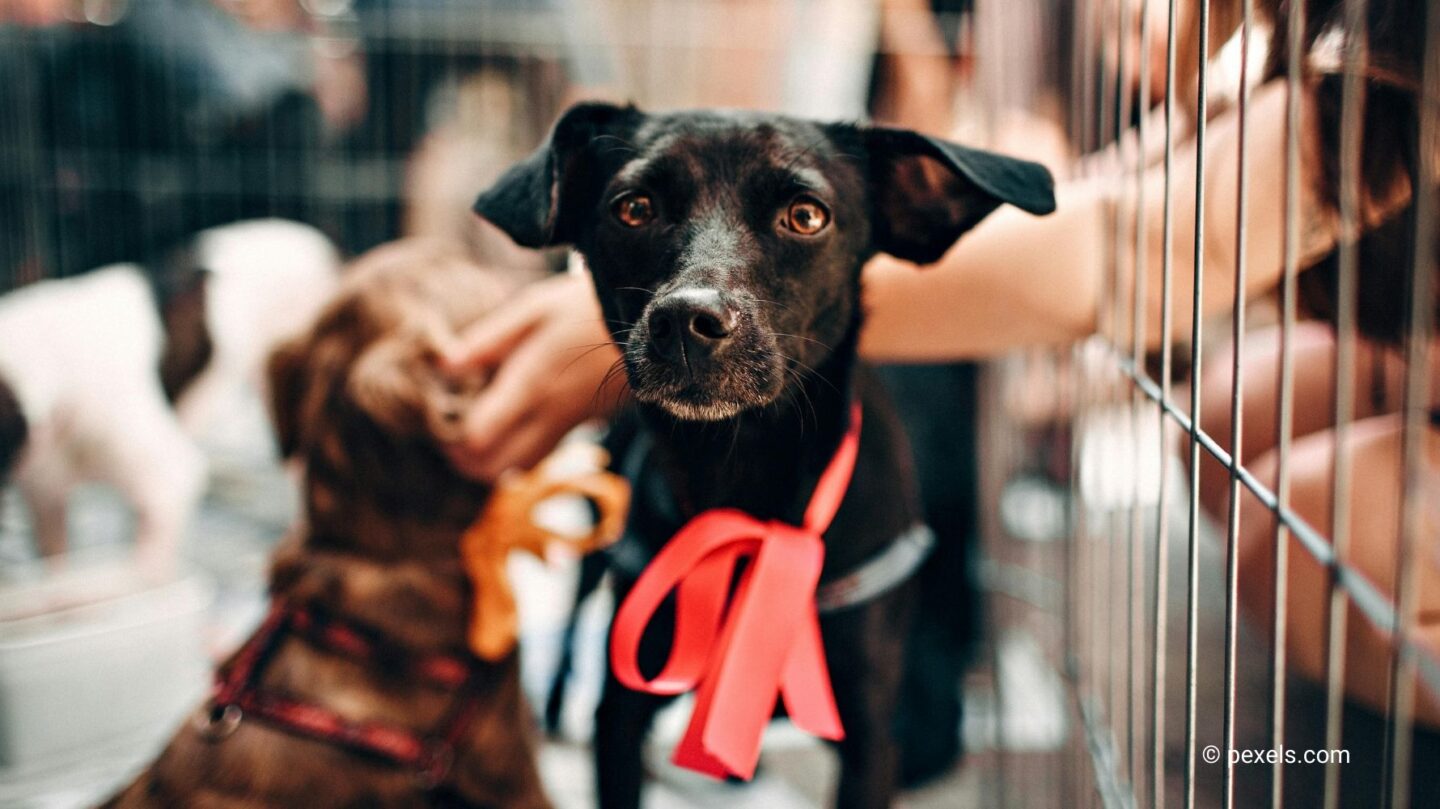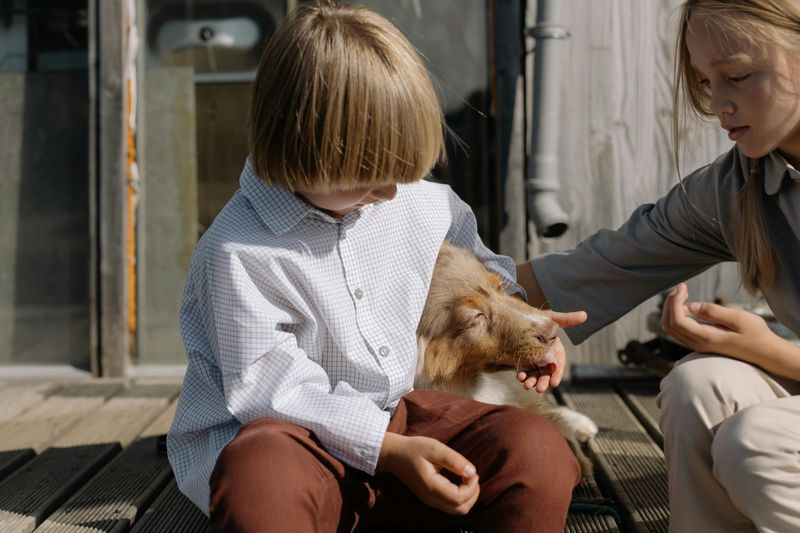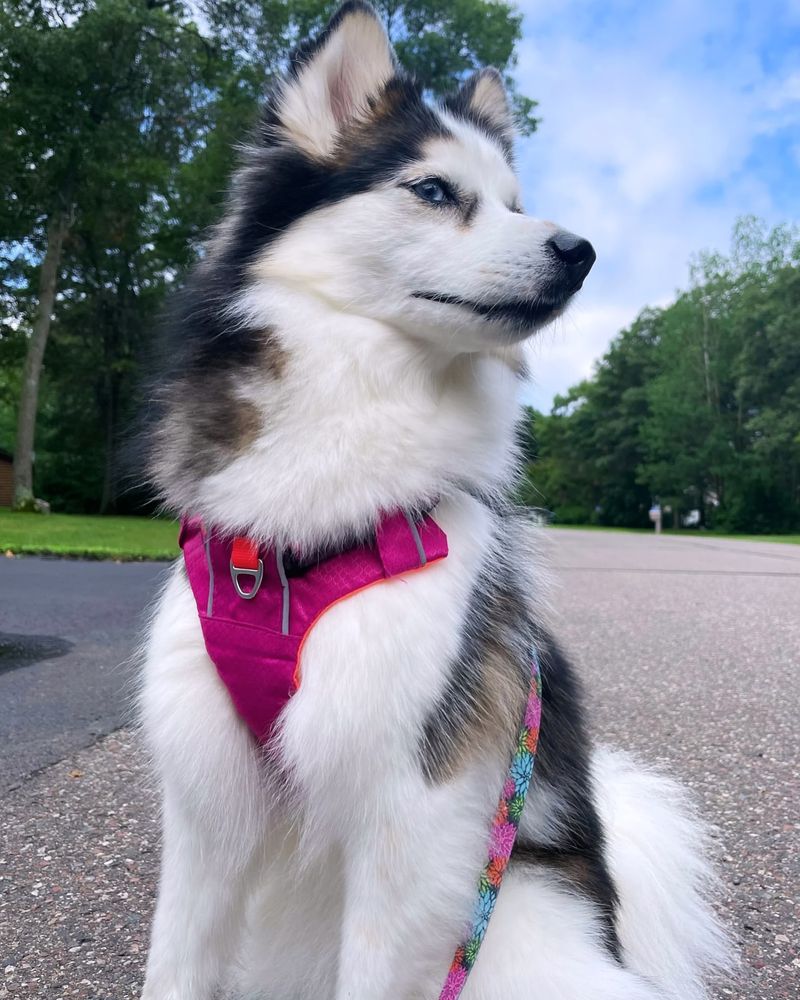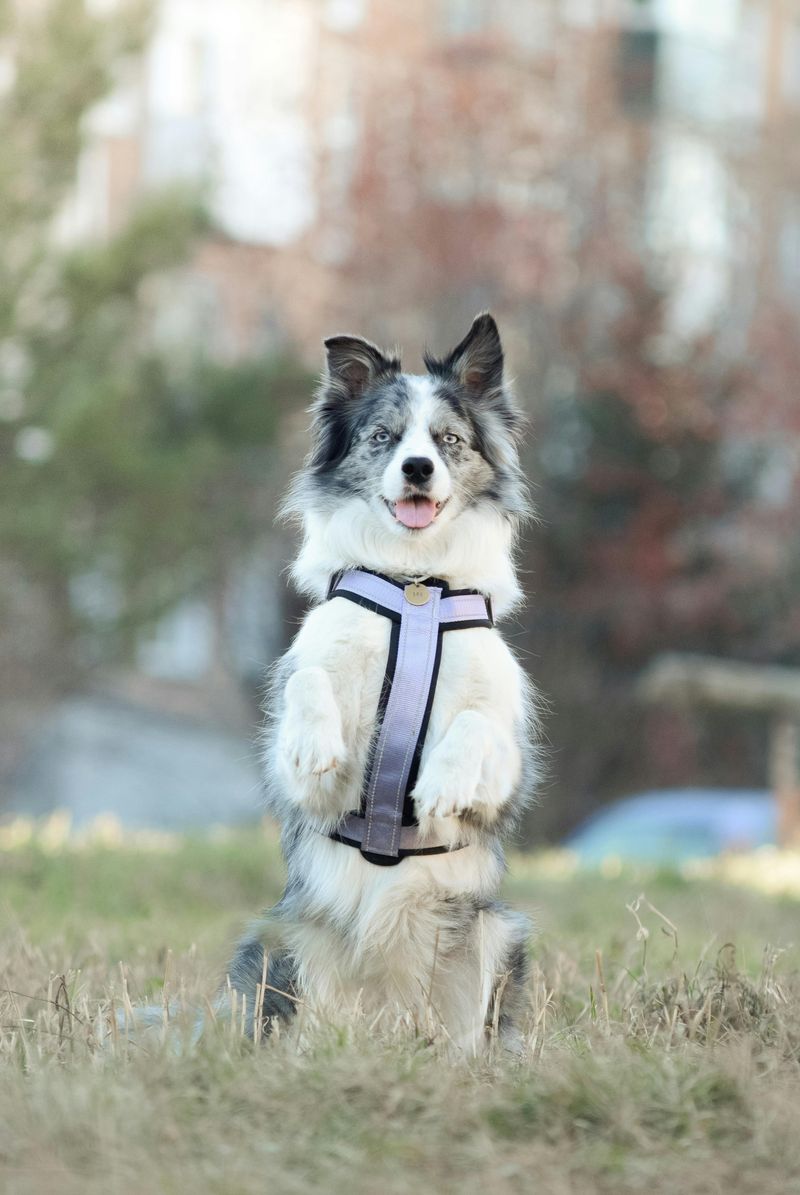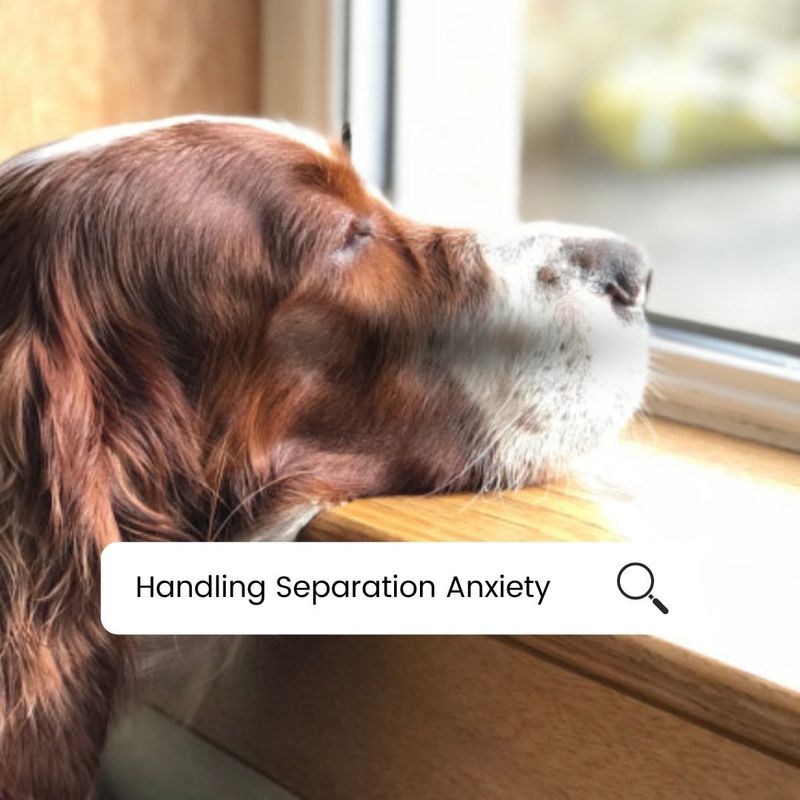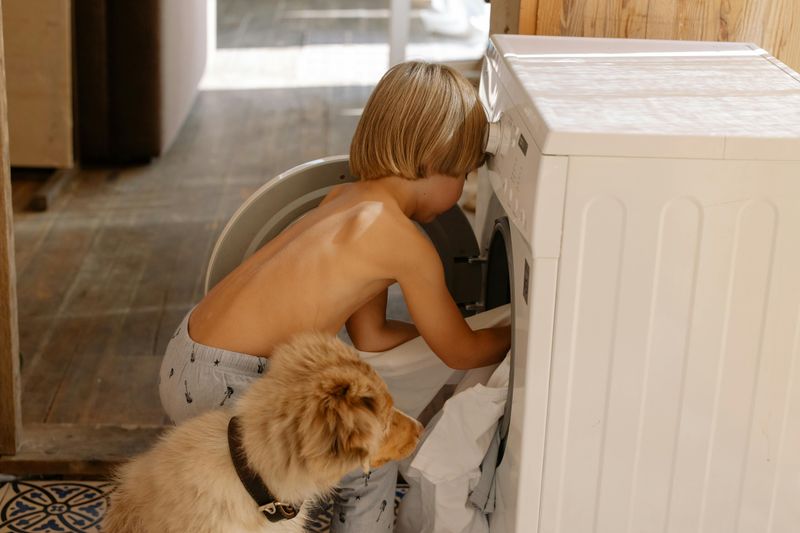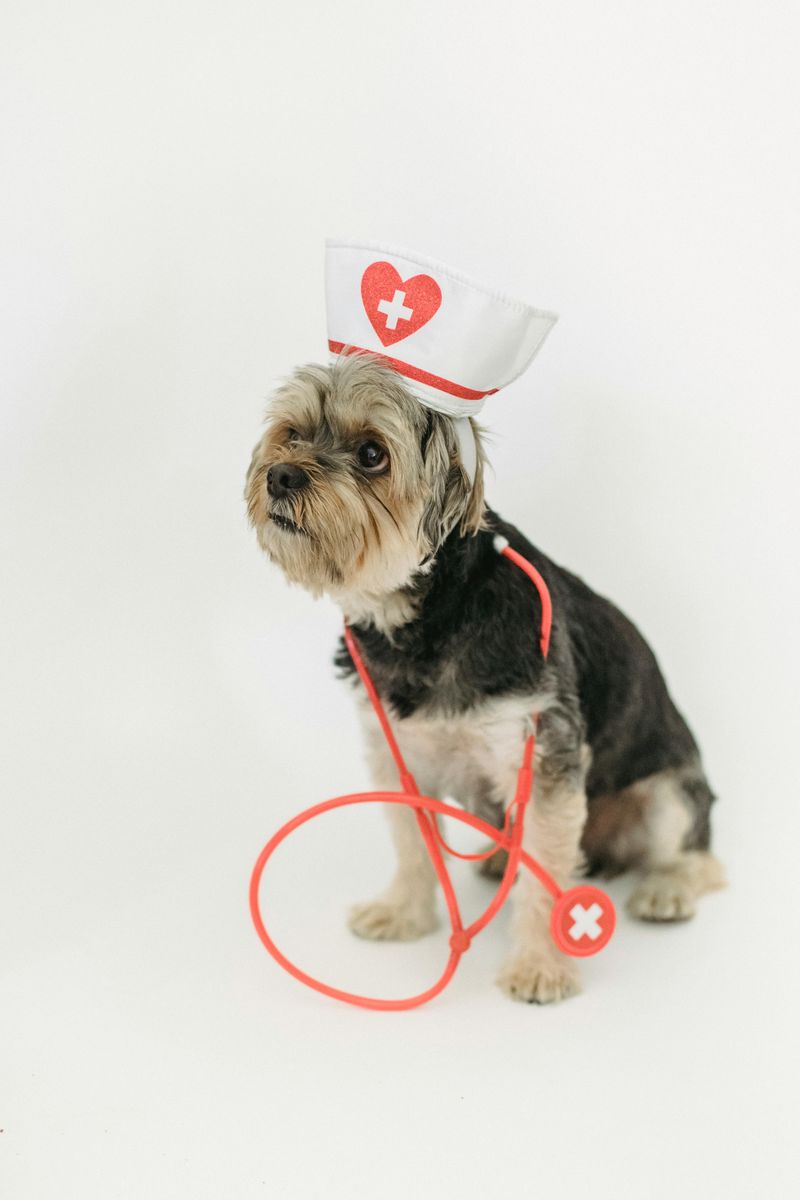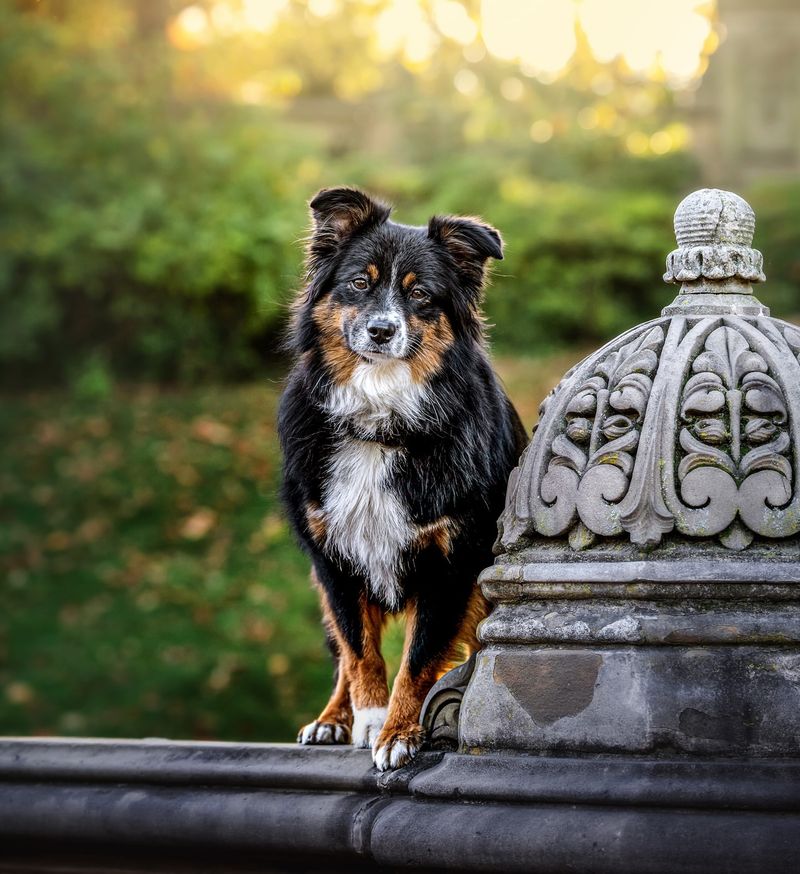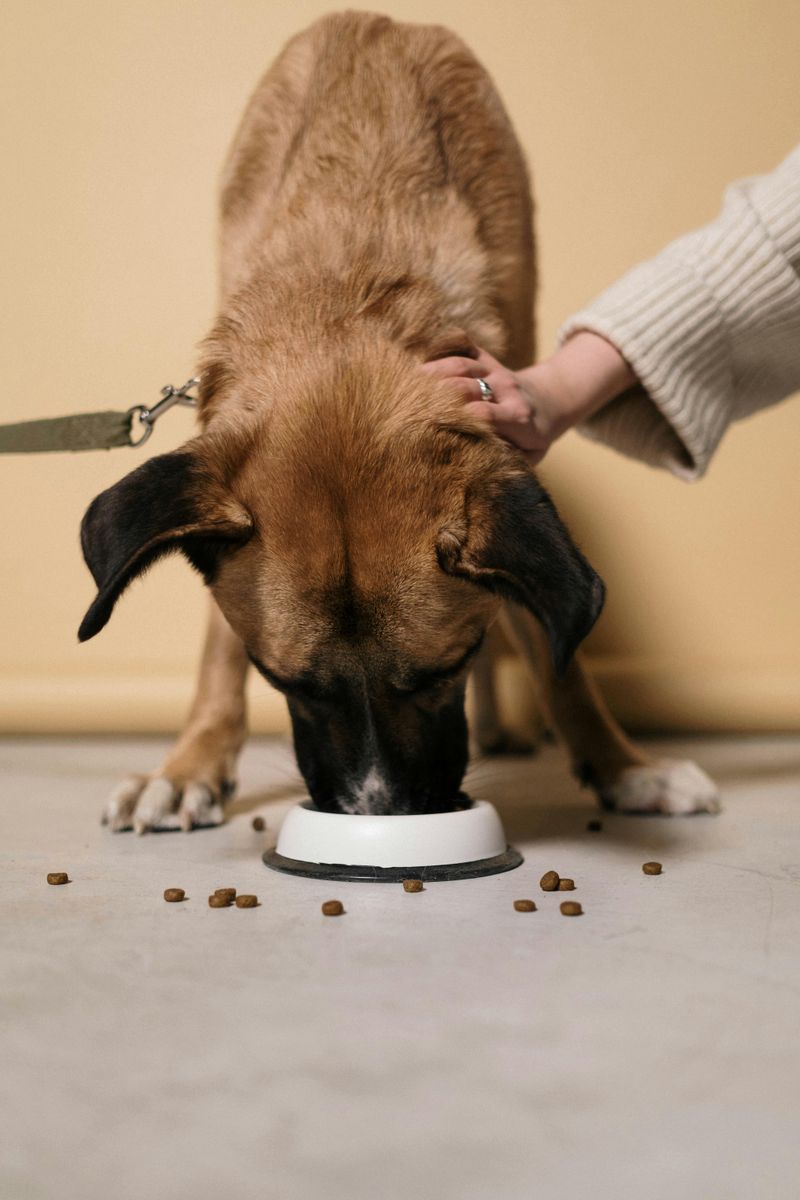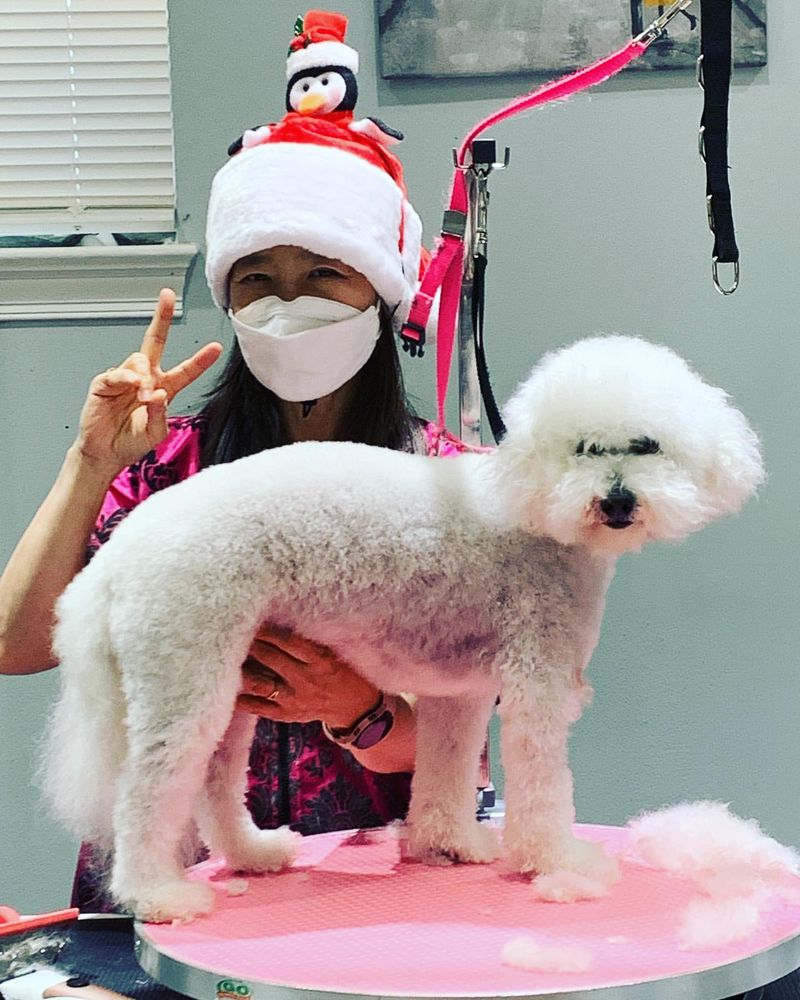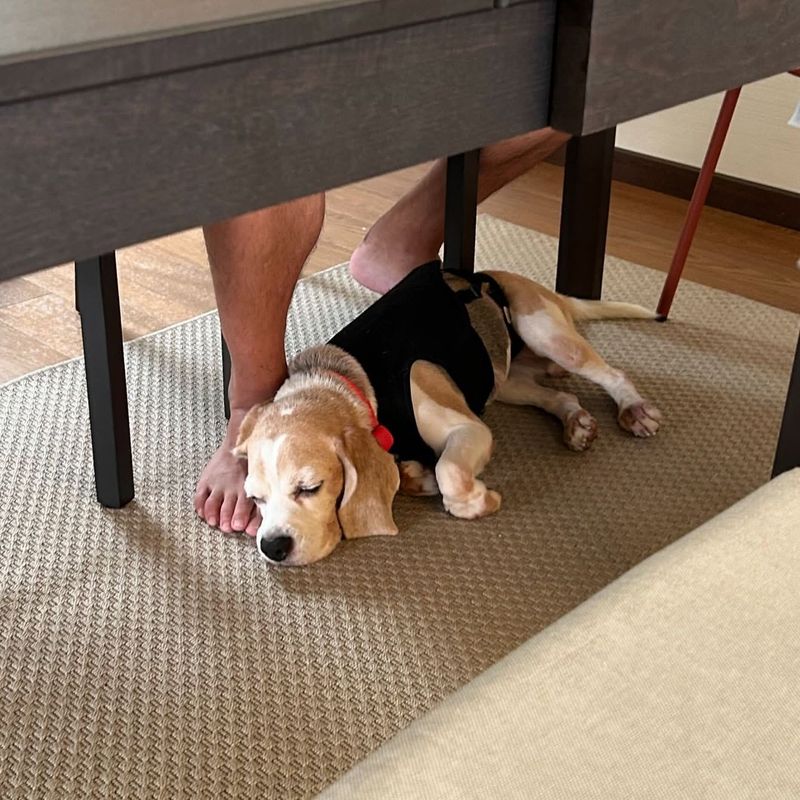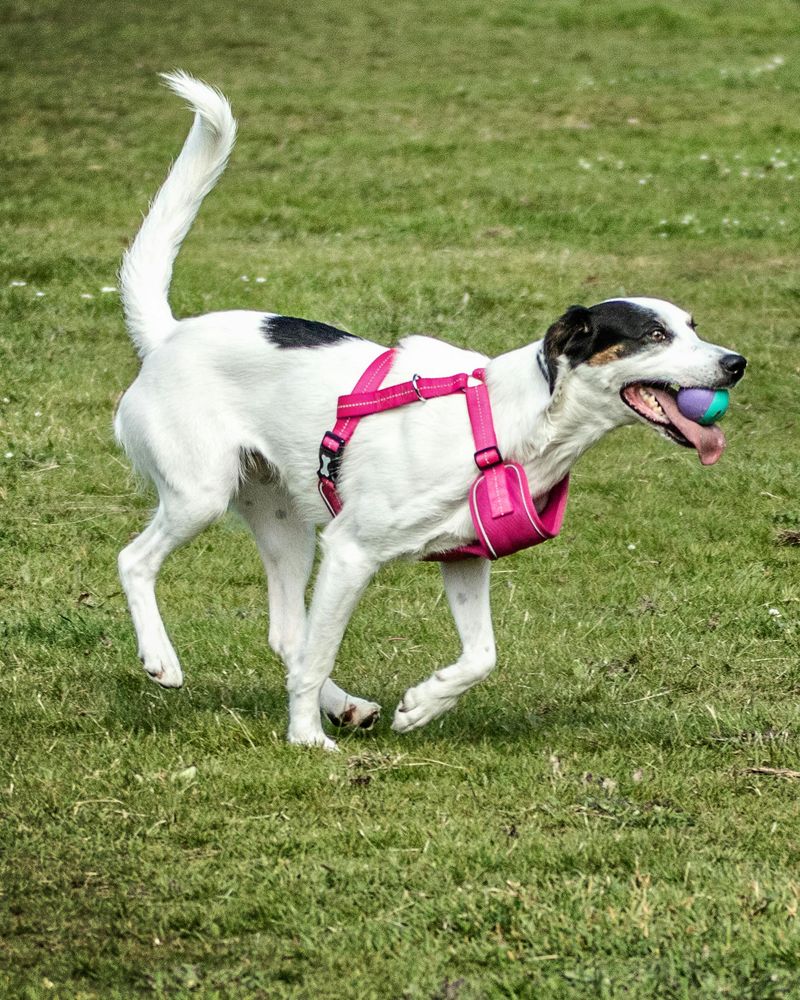The 3-3-3 rule is a crucial concept for understanding how dogs adapt to new homes. It outlines the three phases of a dog’s adjustment: the first 3 days, 3 weeks, and 3 months. These milestones are key in helping new pet owners understand and support their furry friends during these transitional periods. By gaining insights into each phase, pet owners can better cater to their dog’s needs, ensuring a smooth transition and fostering a loving and trusting relationship. Explore these 19 essential insights to make your dog’s new beginning comfortable and nurturing.
Initial Anxiety
During the first three days, dogs may experience initial anxiety as they enter a new environment. This anxiety is natural, stemming from unfamiliar sights, sounds, and smells. It’s crucial to provide a safe and quiet space where your dog can retreat to feel secure.
Patience is key during this time; avoid overwhelming your dog with new experiences. Offer consistent routines to help them start feeling at ease. Gradually introduce family members and other pets, allowing your dog to set the pace. Understanding their anxiety helps in establishing trust and easing them into their new home.
Exploration Phase
The first few days also involve exploration as the dog begins to familiarize itself with its surroundings. Dogs use their senses to learn about their environment, marking an essential part of their adjustment.
Encourage this exploration by allowing them to wander safely, ensuring harmful objects are out of reach. Supervision during this phase is vital to prevent accidents. Providing interactive toys can stimulate their curiosity constructively. Active exploration helps dogs gain confidence in their new territory, paving the way for more profound comfort and acceptance of their new home.
Establishing Routines
A consistent routine is a powerful tool for easing a dog’s transition into a new home. Routine provides predictability, which can greatly reduce anxiety and stress. Start with regular feeding, walking, and playtimes.
Dogs thrive on structure, and having set times for these activities helps them adjust more readily. Consistency in training and commands also supports learning and builds trust between you and your pet. Establishing routines will not only help your dog feel more secure but also strengthen your bond with them as they settle into their new life.
Building Trust
Trust is foundational in any relationship, especially between a new dog and its owner. During the initial weeks, focus on building trust by being patient and gentle. Positive reinforcement through treats and praise can encourage desired behaviors.
Avoid harsh reprimands as they may hinder trust development. Spend quality time with your dog, engaging in activities they enjoy, such as walks or play sessions. This fosters a sense of security and connection. Building trust takes time, but with consistent, positive interactions, your dog will begin to feel comfortable and loved in their new environment.
Socialization Opportunities
Providing socialization opportunities is vital for a dog’s adaptation, especially during the first few weeks. Introduce your dog to various environments, people, and other dogs, ensuring these experiences are positive.
Start with short, controlled interactions to prevent overwhelming your pet. Gradually increase exposure as your dog shows comfort. This helps them learn social cues and build confidence in diverse situations. Socialization is crucial for preventing behavioral issues and promoting a well-adjusted pet. By fostering positive social experiences, you enhance your dog’s ability to integrate smoothly into new settings.
Recognizing Stress Signs
Understanding and recognizing stress signs in dogs is crucial during their adjustment period. Common indicators include excessive yawning, pacing, or withdrawal. Being attuned to these signals allows you to address their needs promptly.
Create a calm environment, remove stressors, and provide comforting items like toys or blankets. If stress persists, consult a veterinarian or a dog behaviorist for guidance. Addressing stress proactively helps prevent potential behavioral issues and aids in a smoother transition. Recognizing these signs empowers you to offer the necessary support, ensuring your dog’s well-being as they acclimate.
Training Essentials
Implementing basic training is essential during the first few weeks in a new home. Focus on essential commands such as sit, stay, and come, building a foundation for better communication. Consistency is key in training, using positive reinforcement to encourage correct responses.
Training not only aids in behavior management but also strengthens your bond with your dog. Keep sessions short and engaging, adapting to your dog’s learning pace. Training during this period helps establish boundaries and instills confidence in your pet, making them more comfortable and obedient in their new environment.
Handling Separation Anxiety
Separation anxiety can be a challenge for dogs adjusting to a new home. Gradually accustom your dog to being alone by starting with short absences and slowly increasing the time apart.
Provide comfort items like your scent-infused clothing or interactive toys to keep them engaged. Positive reinforcement when you return can also help diminish anxiety. If issues persist, consider consulting a veterinarian for tailored advice. Handling separation anxiety with patience and understanding is crucial for your dog’s emotional stability, helping them feel secure even when you’re not around.
Establishing Boundaries
Setting clear boundaries is essential for a harmonious household. Use barriers or closed doors to limit access to off-limits areas. Consistent reinforcement helps your dog understand which spaces they can freely explore.
Positive reinforcement for respecting boundaries encourages desired behavior. Establishing these limits early on prevents misbehavior and promotes a respectful coexistence. With patience and consistency, your dog will learn to navigate their environment within the set boundaries, feeling secure in knowing their place in the household. This understanding fosters order and reduces potential stress for both you and your pet.
Patience is Key
Patience plays a pivotal role in helping your dog adjust to their new home. Each dog adapts at their own pace, so it’s important to remain understanding and supportive. Rushing the process can lead to increased anxiety and stress.
Offer encouragement through positive reinforcement and celebrate small milestones. Patience fosters a nurturing environment, allowing your dog to explore and adapt comfortably. By giving your dog the time they need, you build a foundation of trust and security, paving the way for a happy and well-adjusted pet in the long term.
Health Check-Ups
Regular health check-ups are vital for a newly adopted dog. A visit to the veterinarian ensures your dog is up-to-date on vaccinations and free from underlying health issues.
Discuss any behavioral concerns and seek advice on diet and care routines. Regular check-ups contribute to your dog’s overall well-being, catching potential health issues early. Maintaining your dog’s health is crucial to their comfort and happiness in their new home. Building a relationship with a trusted veterinarian ensures your dog’s needs are met, providing peace of mind for both you and your pet.
Understanding Body Language
Interpreting a dog’s body language is essential for effective communication. Recognizing signs like wagging tails or relaxed postures indicates comfort and happiness.
Conversely, signs such as tucked tails or flattened ears may signal fear or discomfort. Understanding these cues allows you to adjust your approach and provide reassurance. Building this communication enhances your relationship, making your dog feel understood and valued. Observing body language is a continuous learning experience, helping you tune into your dog’s emotional state and respond appropriately, ensuring their well-being as they settle into their new environment.
Diet and Nutrition
Proper diet and nutrition are cornerstones of your dog’s health and well-being. Consult your veterinarian to determine the best diet plan, ensuring it meets your dog’s age, size, and activity level requirements.
A balanced diet includes proteins, fats, carbohydrates, and essential vitamins and minerals. Regular feeding schedules also contribute to a sense of routine and stability. Monitoring your dog’s weight and adjusting portions as needed supports their long-term health. Providing nutritious meals ensures your dog’s energy levels and overall happiness, aiding in their adjustment to a new home.
Grooming Habits
Establishing grooming habits is vital for your dog’s health and comfort. Regular brushing helps remove loose fur and prevents matting, contributing to a healthy coat.
Bathing, nail trimming, and dental care are also integral to their grooming routine. Introduce these gradually, making the experience positive with praises and treats. Grooming sessions are excellent opportunities for bonding and reinforcing trust. Attending to grooming needs supports your dog’s overall well-being, reducing potential health issues and promoting comfort. A well-groomed dog is a happy dog, feeling good in their skin as they settle into their new home.
Creating a Safe Space
Creating a safe and comfortable space for your dog is critical during their initial adjustment period. Designate a quiet area with a cozy bed and familiar items like toys or blankets.
This space serves as a retreat where your dog can relax and feel secure. Encourage its use by introducing treats or toys, reinforcing it as a positive area. A dedicated space helps reduce stress, providing a sanctuary for your dog amid the new environment’s excitement. Establishing this safe haven supports your dog’s emotional well-being, aiding their transition into their new home.
Recognizing Individual Needs
Every dog is unique, possessing distinct personalities and needs. Recognizing these individual traits is essential for a smooth transition. Observe their likes, dislikes, and behavior patterns to tailor your approach.
Some dogs may require more exercise, while others thrive on mental stimulation. Adapt routines and interactions to meet these needs, ensuring your dog feels understood and valued. Embracing their individuality fosters a strong bond and enhances their comfort in the new environment. Understanding your dog’s unique traits allows you to create a nurturing and supportive atmosphere during their adjustment period.
Celebrating Small Wins
Celebrating small achievements is important during your dog’s adjustment phase. Recognize and reward milestones, such as obeying commands or exploring new areas calmly.
These celebrations reinforce positive behavior, boosting your dog’s confidence and encouraging continued progress. Use treats, praise, or playtime as rewards, making the process enjoyable. Celebrating successes, no matter how small, creates a positive atmosphere, enhancing your dog’s sense of accomplishment and belonging. This approach not only strengthens your bond but also makes the transition more enjoyable for your dog, paving the way for further growth and adaptation.
Adapting to New Environments
Adapting to new environments is a gradual process for dogs. Provide support by gradually introducing new settings, such as parks or neighborhoods, allowing them to adjust at their own pace.
Observe their reactions and comfort levels, adjusting exposure accordingly. Positive experiences in diverse environments increase their adaptability and confidence. Encourage exploration with treats and praise, making the outings enjoyable. This gradual exposure helps your dog feel more comfortable and secure in various settings, enhancing their adjustment to new situations. Supporting your dog’s adaptability is key to a successful transition into their new life.
Encouraging Play
Play is essential for a dog’s physical and mental well-being, especially during the initial adjustment period. Engage in interactive games like fetch or tug-of-war to build rapport and trust.
Playtime offers exercise and stimulation, reducing stress and anxiety. Tailor games to your dog’s preferences, keeping sessions fun and engaging. Encouraging play strengthens the bond between you and your pet, making them feel comfortable and loved. Incorporating play into their routine contributes to a happy and healthy lifestyle, aiding their transition into a new home with joy and vitality.
